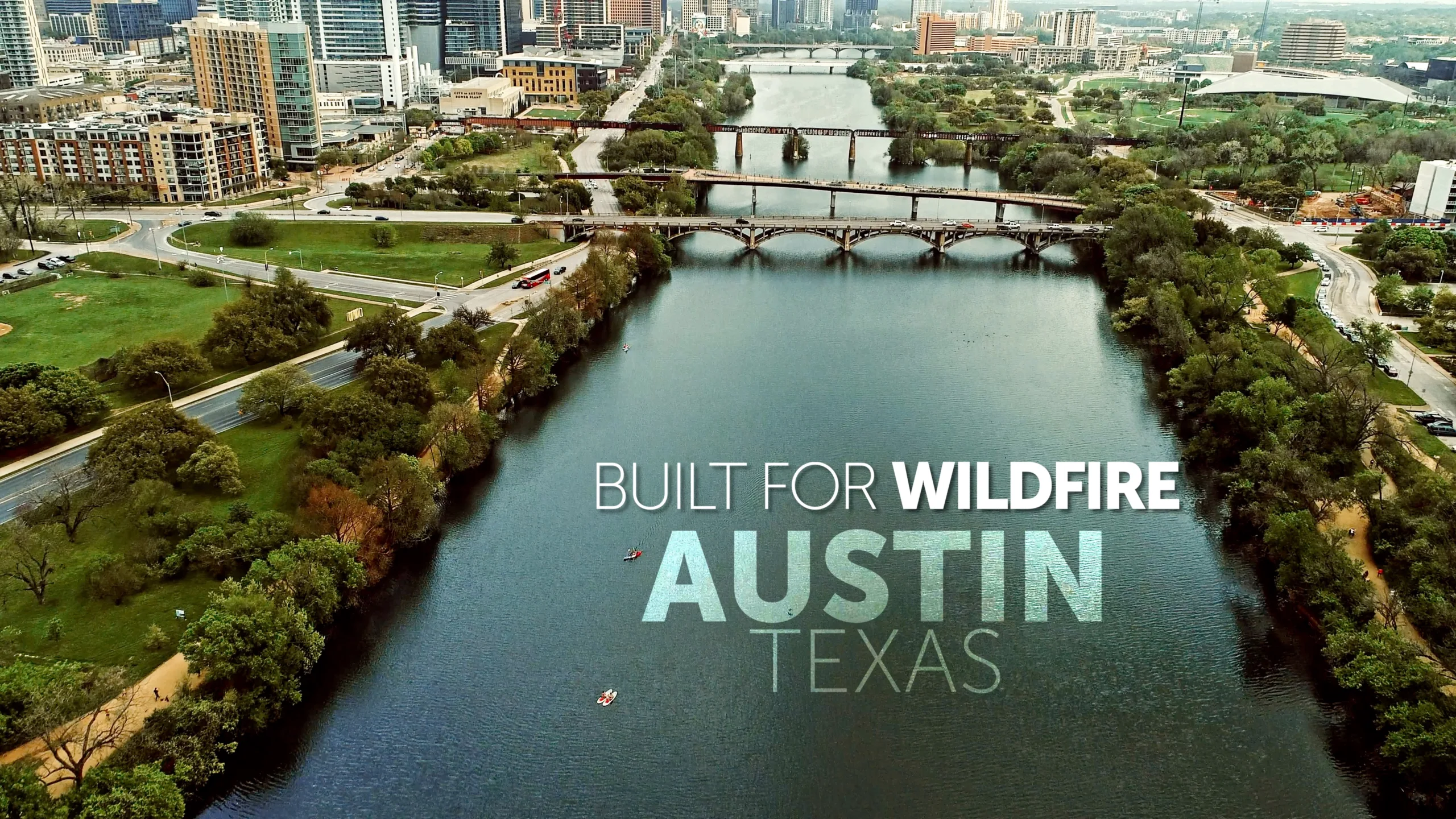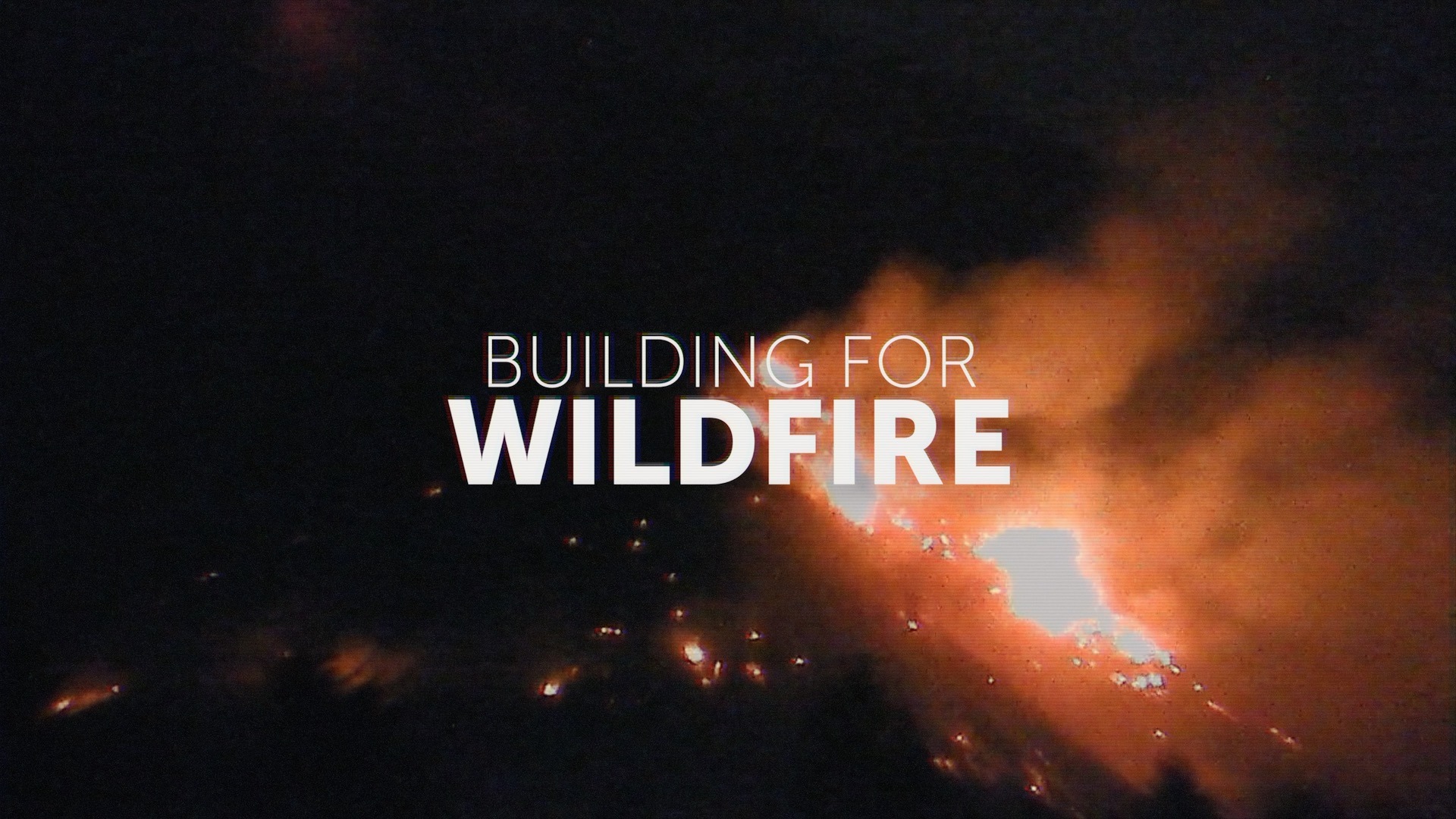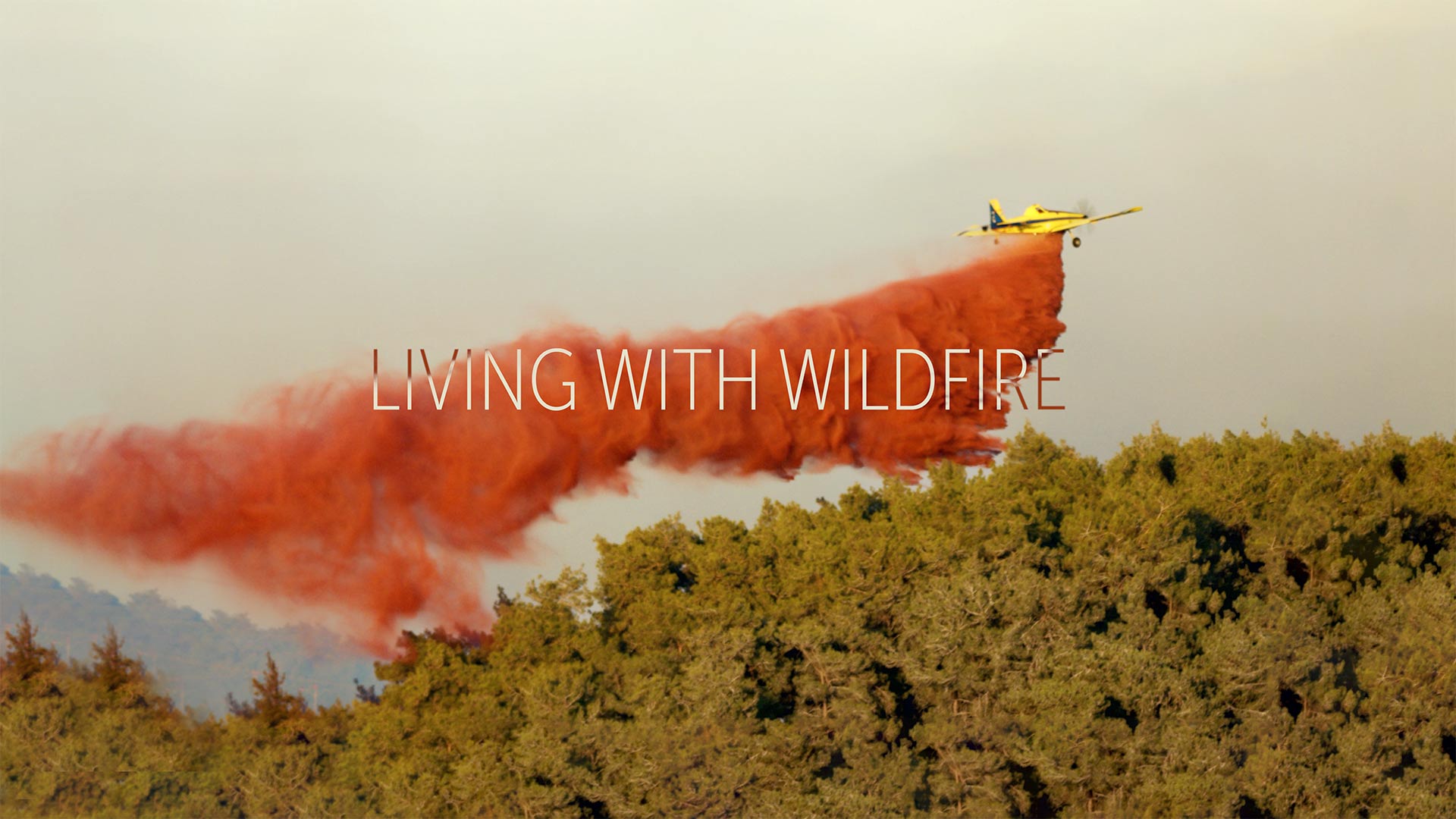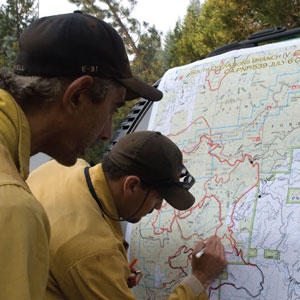-
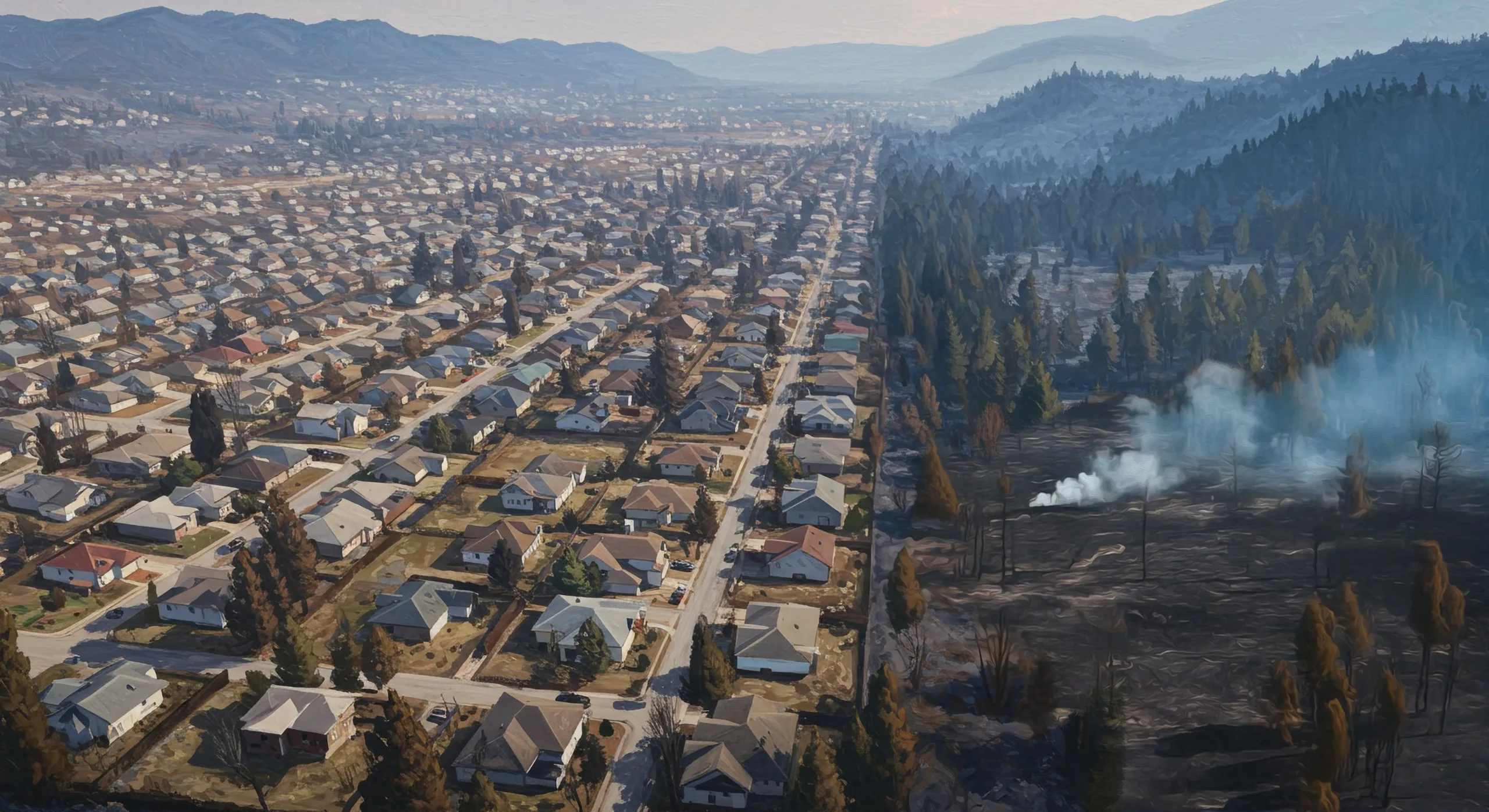
Upfront investments in rebuilding to wildfire-resistant standards can save billions in future avoided economic losses. Read more
-
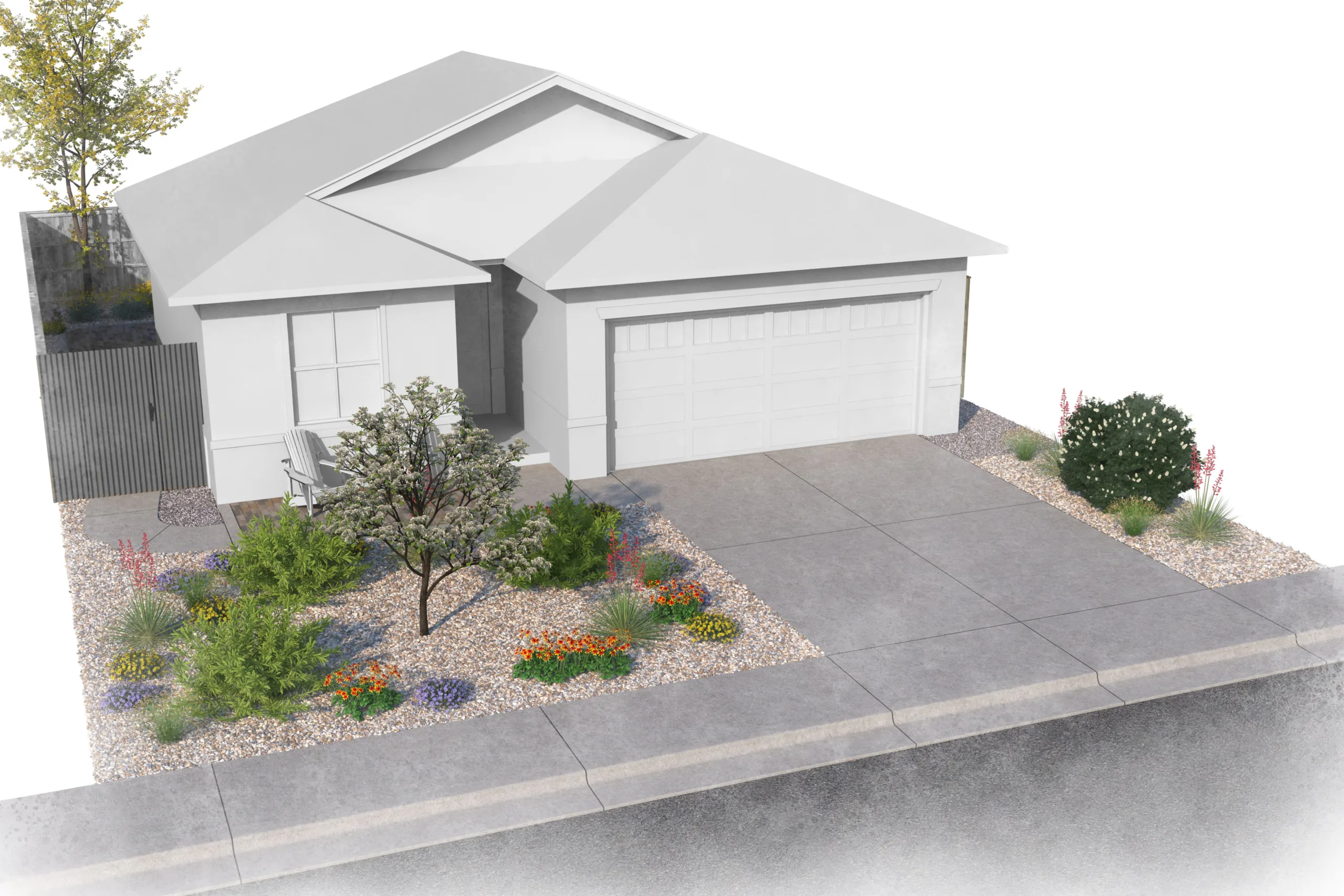
Crossover landscaping that does double-duty for drought and wildfire resistance is becoming more appealing for communities looking to reduce risk in residential areas. Read more
-
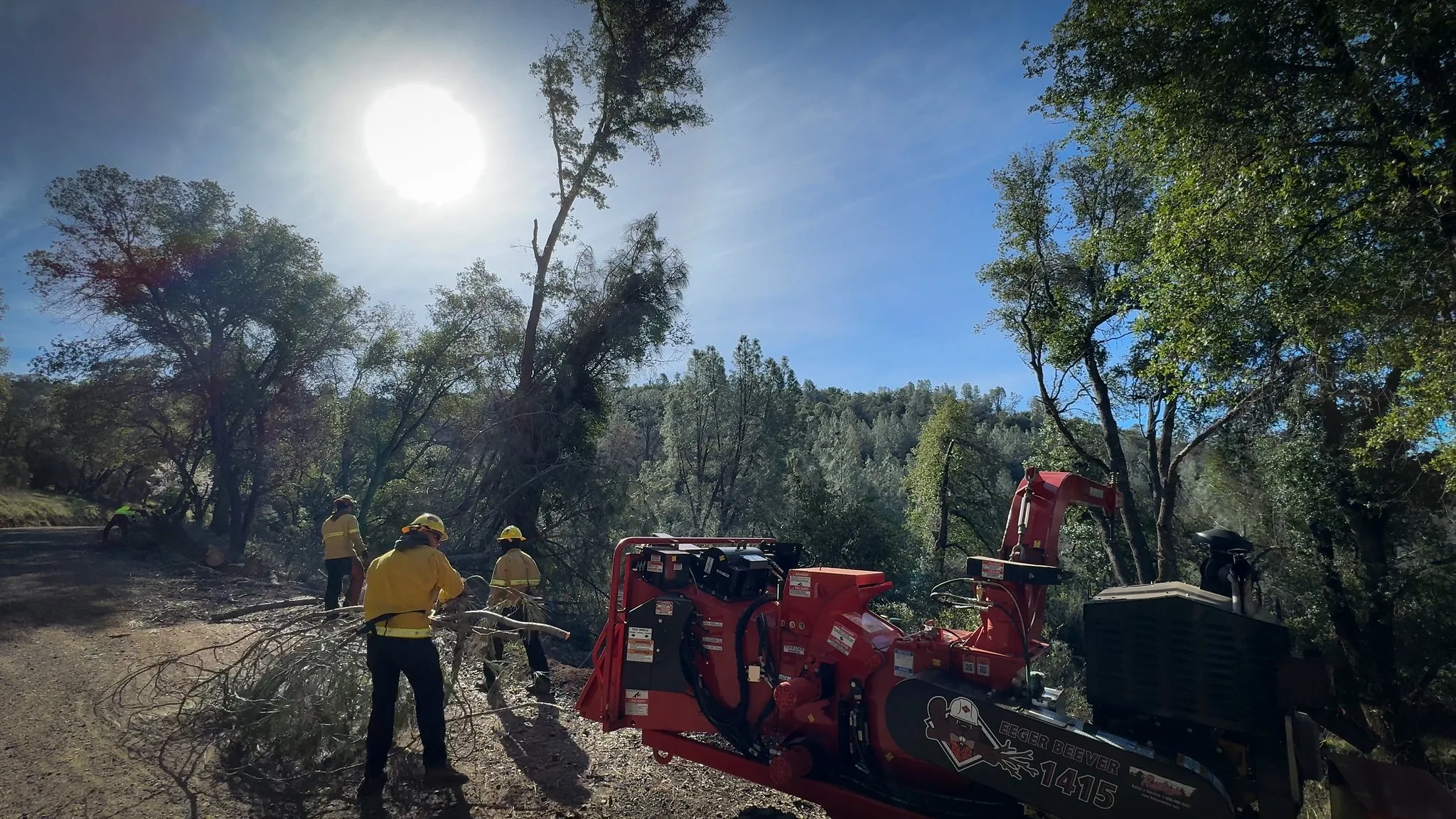
A Forest Service program is helping communities across the nation reduce wildfire risk—including those that don’t normally have the resources to successfully compete for federal grants. Read more
-
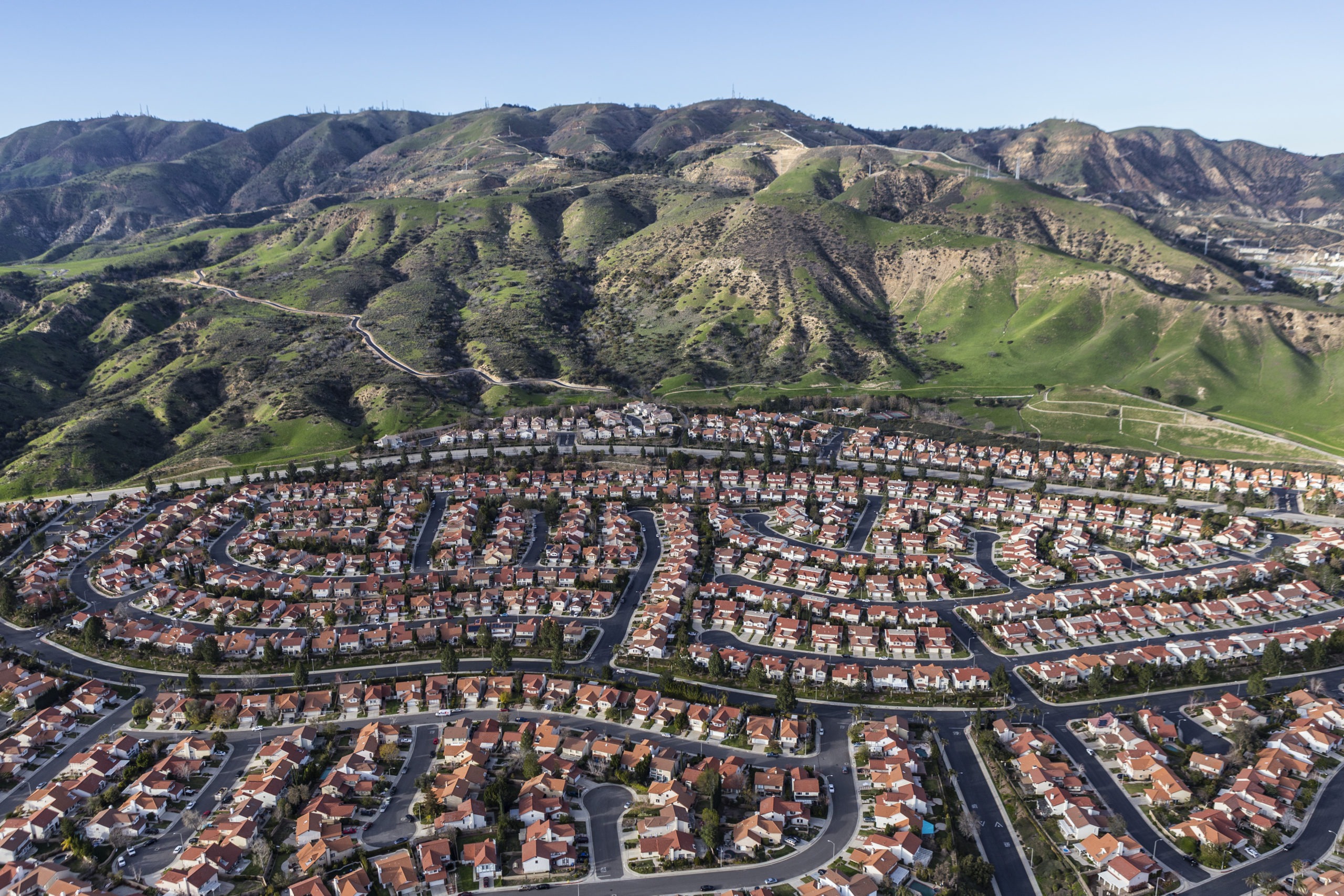
As home insurance in areas with high wildfire risk becomes more expensive and harder to obtain, significant pressure is put on state and local budgets. Read more
-
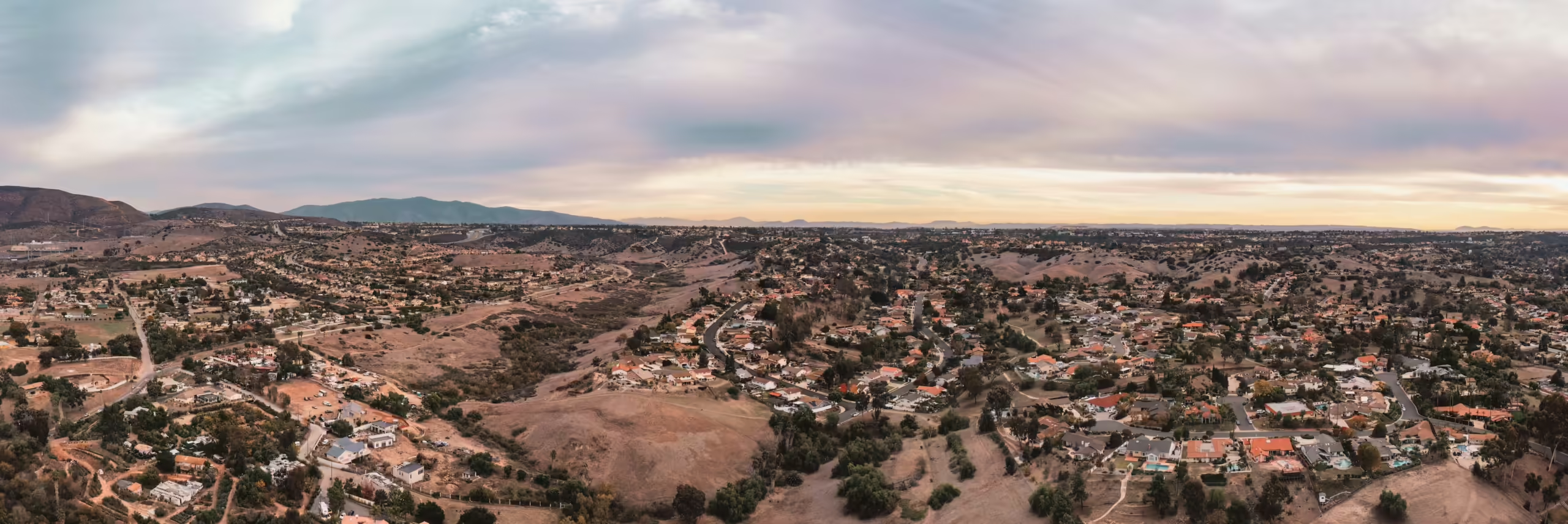
Retrofitting a home for wildfire resistance can cost as little as $2,000, making this approach an effective risk reduction strategy for communities. Read more
-
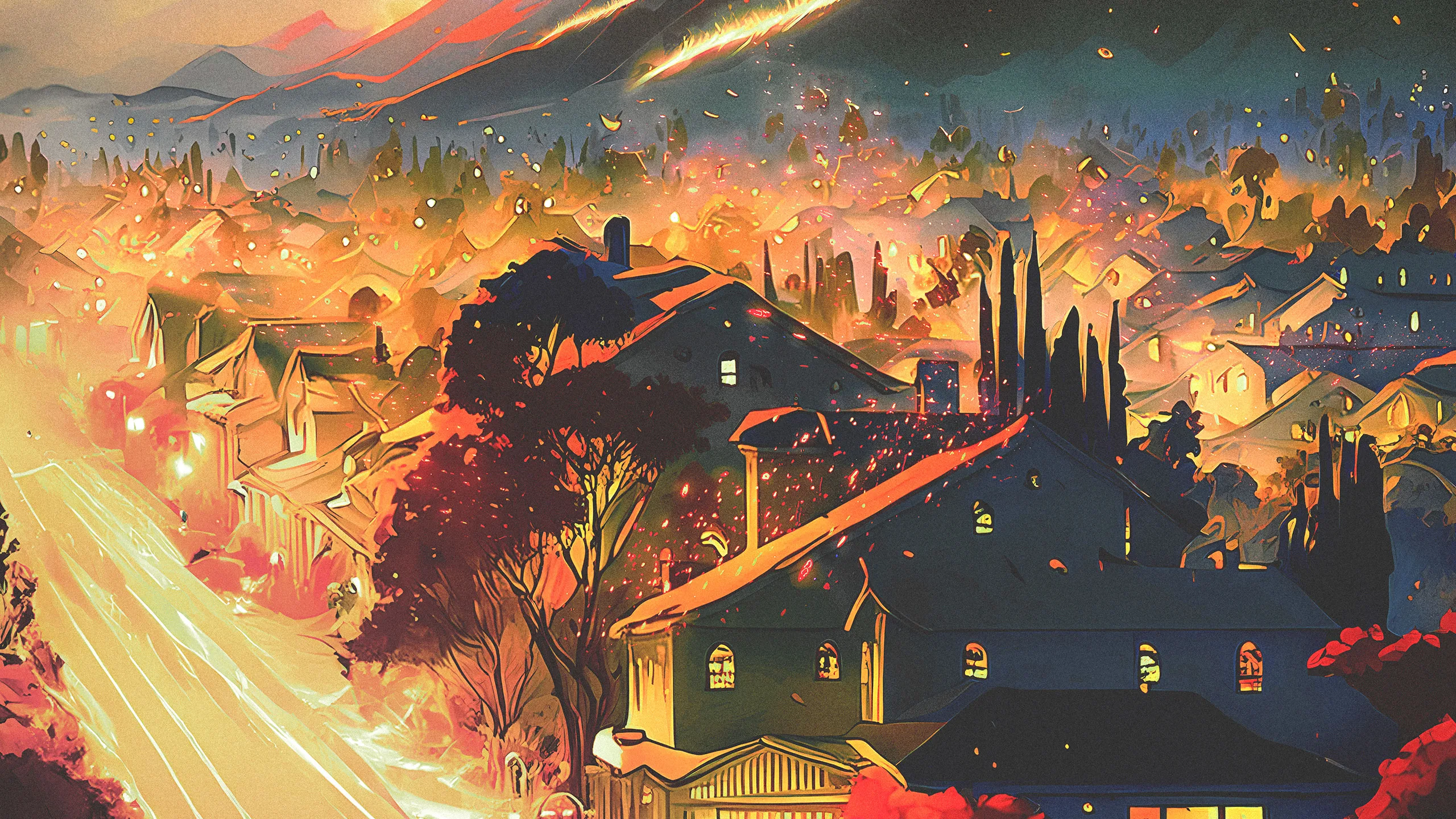
Leading wildfire experts make the case that creating wildfire-resistant communities must become a much higher priority. Read more
-
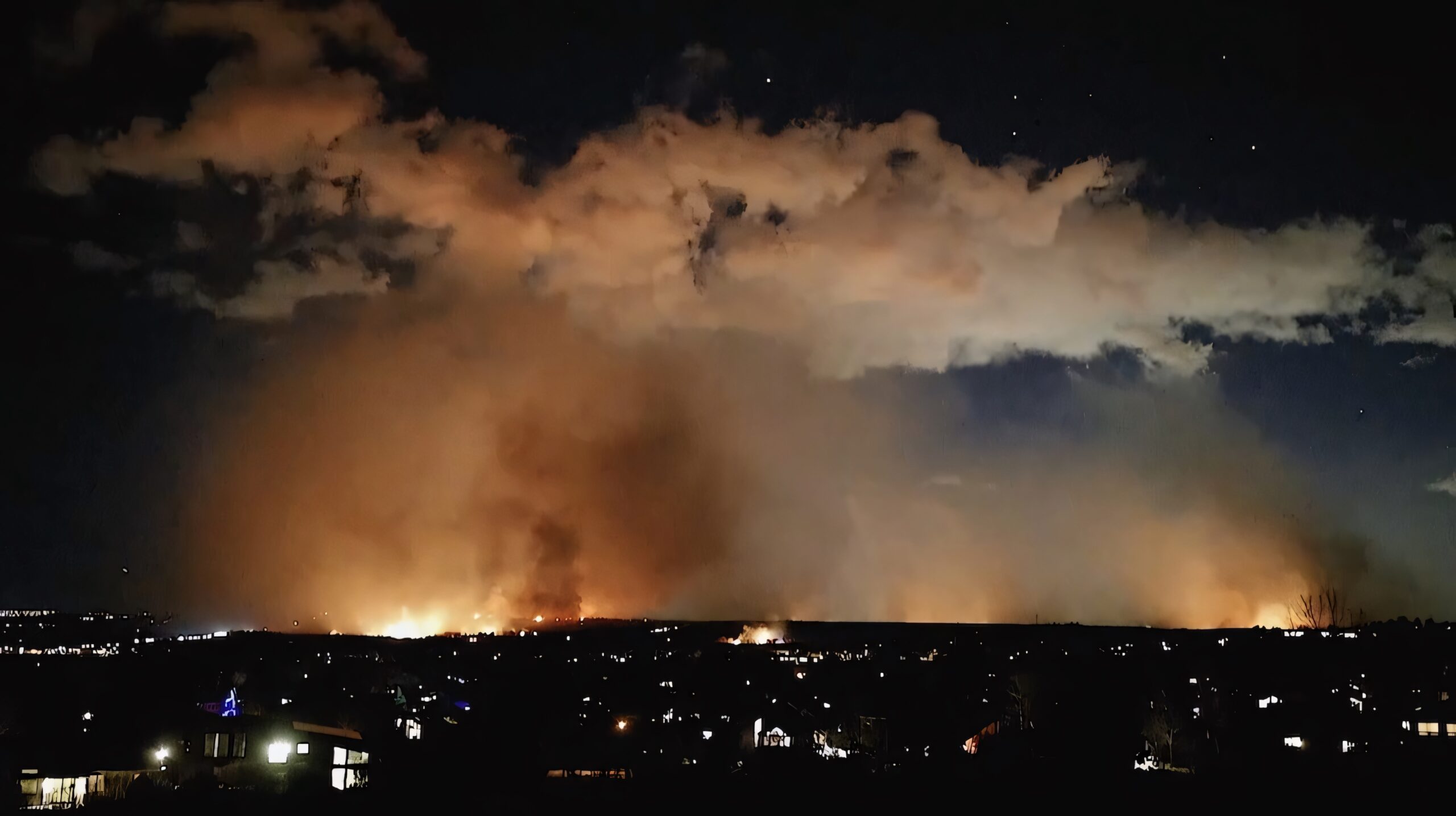
A new report from the Wildland Fire Mitigation and Management Commission recommends transformative approaches needed to overcome the wildfire crisis. Read more
-
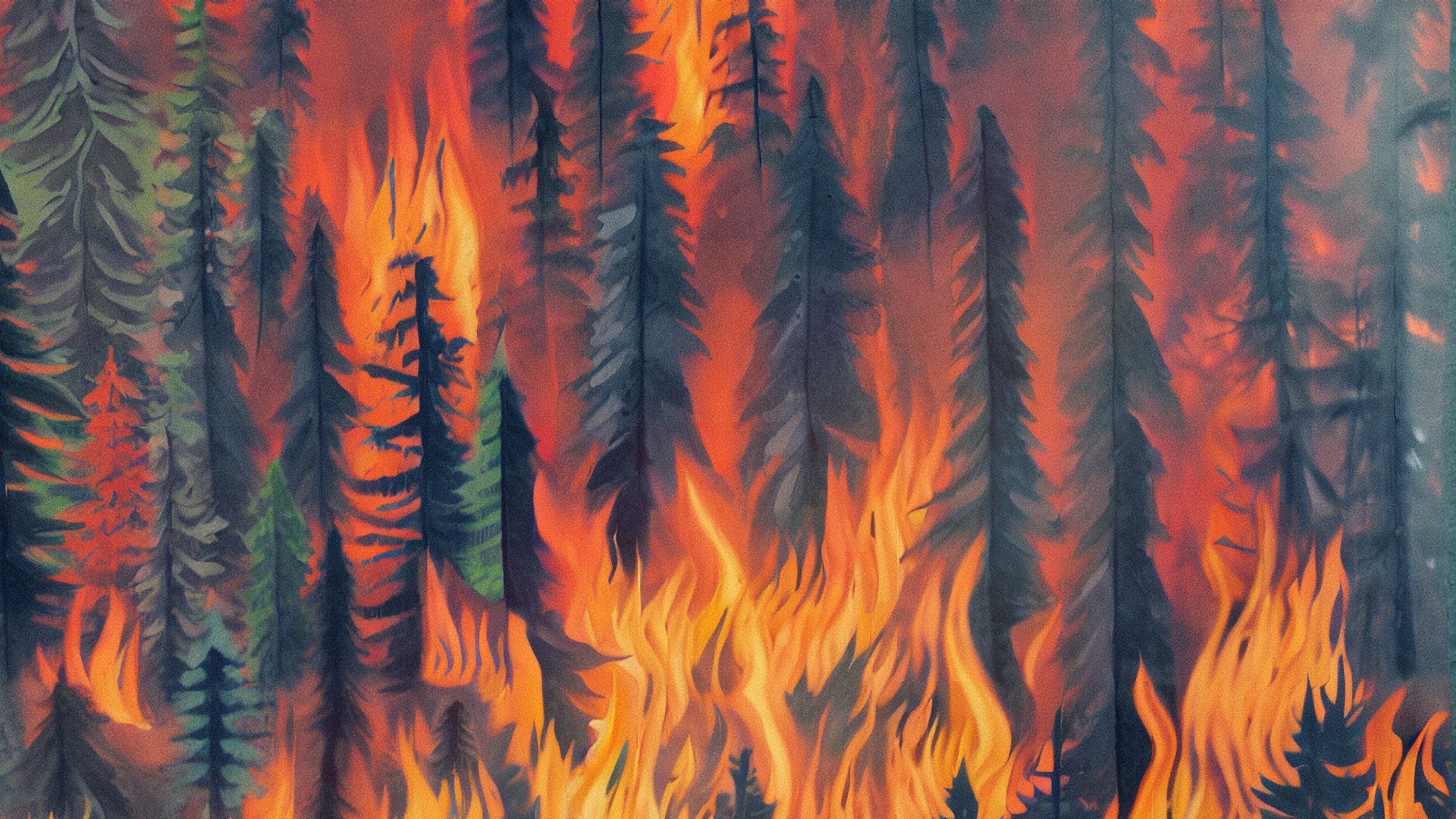
The United States is spending billions of dollars on suppressing wildfires that threaten a growing number of homes, but very little on better preparing communities before a wildfire occurs. Read more
-
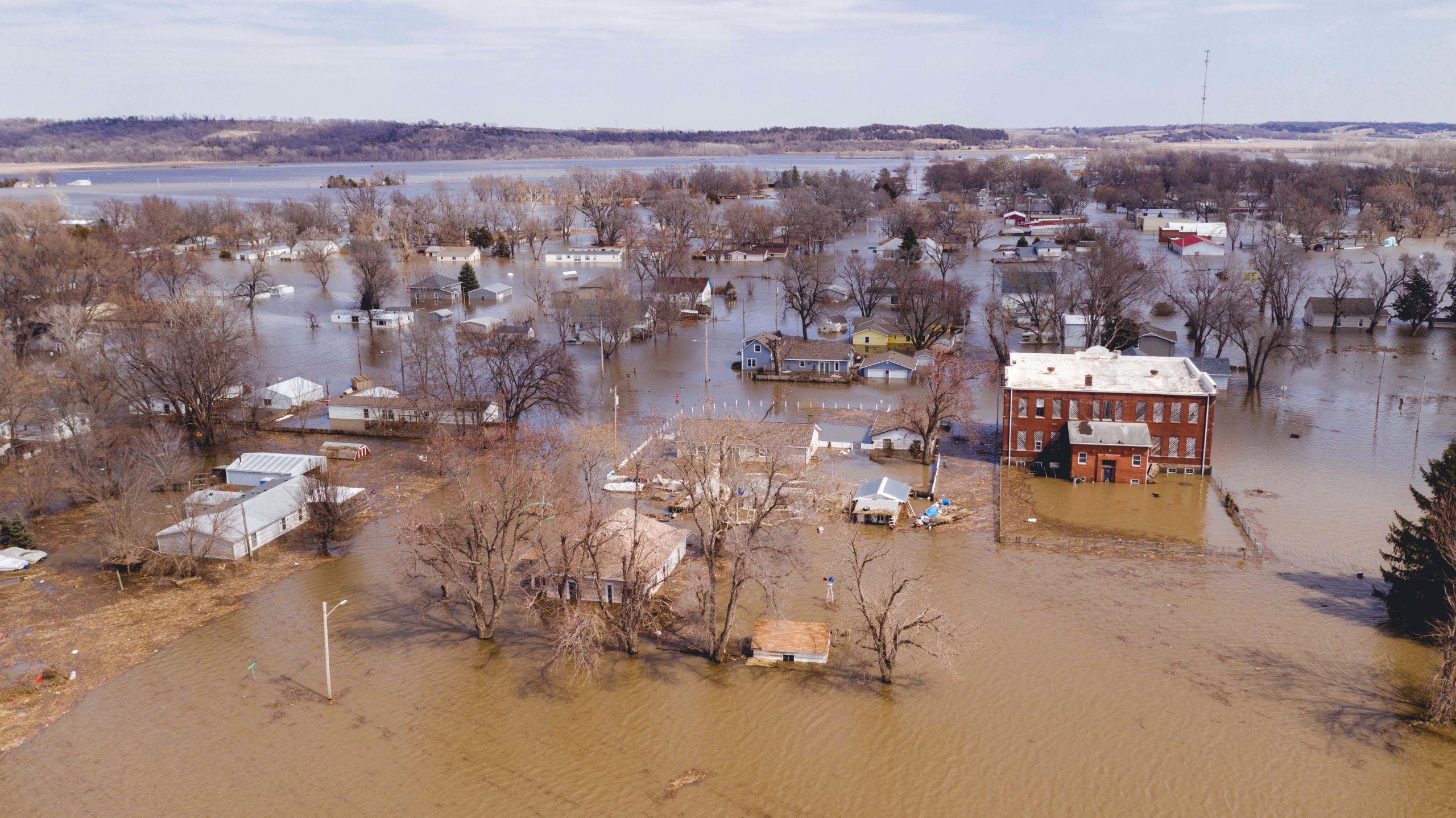
Places with lower capacity are failing to get funding through FEMA’s flagship grant program, Building Resilient Infrastructure and Communities (BRIC). Read more
-

In light of rising wildfire risks, we analyzed the costs of constructing homes to three levels of wildfire resistance in California. Read more
-

At least 1.2 million wood roofs are in areas with wildfire risk. Funding is needed to help communities prepare for wildfire. Read more
-
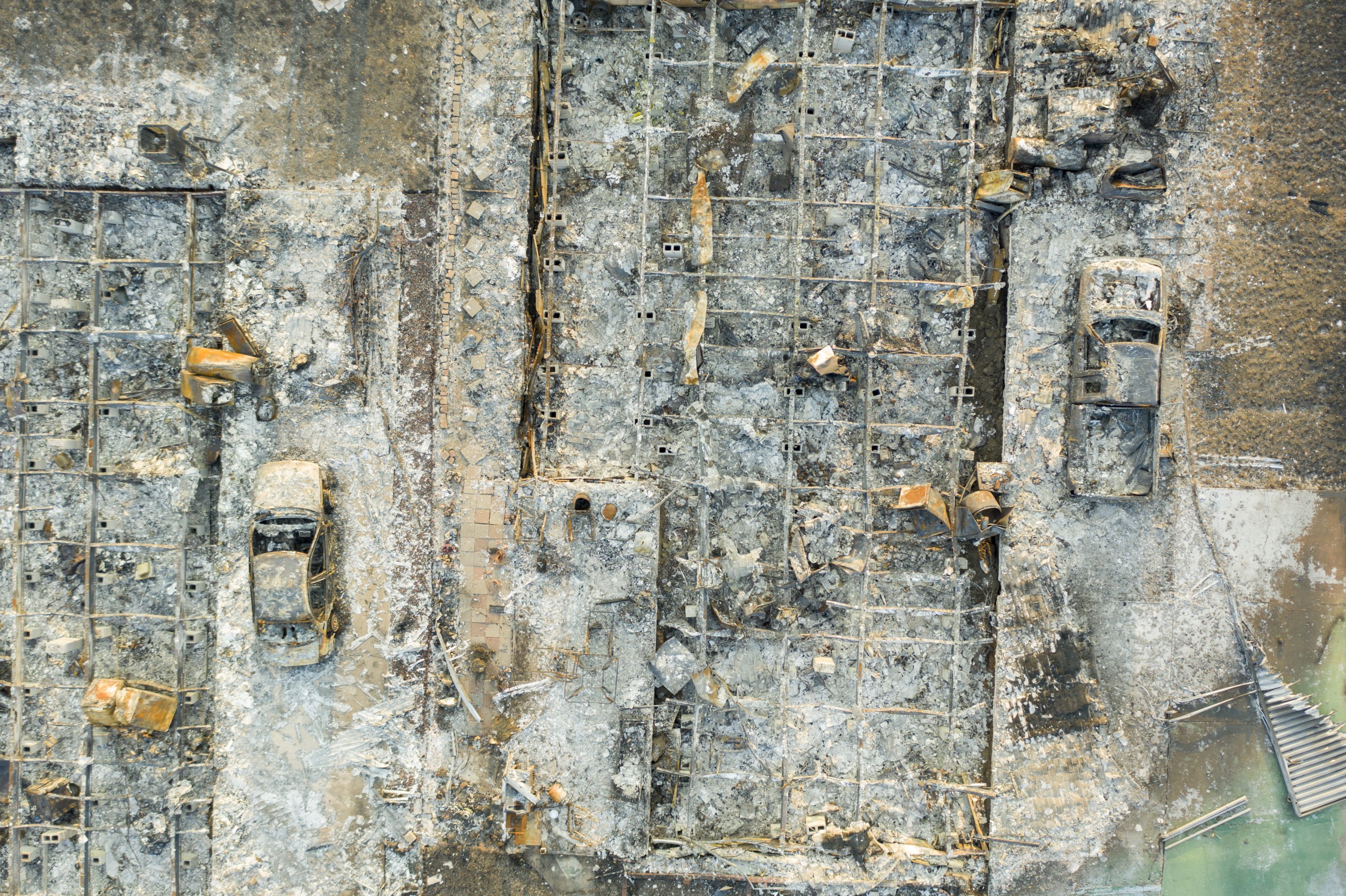
See where wildfire risk intersects social and economic factors that can make it difficult for people to prepare for, respond to, and recover from wildfire. Read more
-
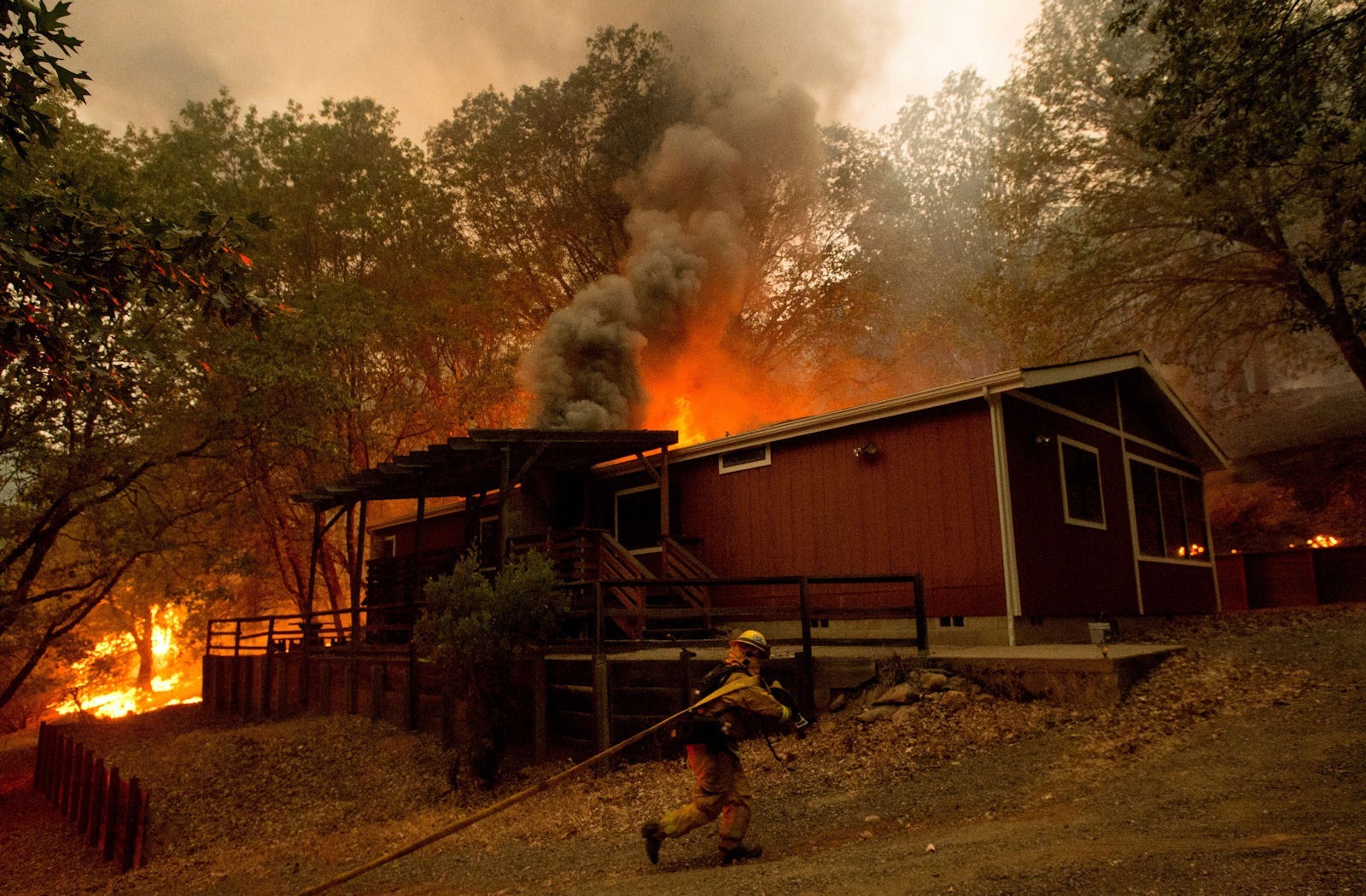
A new report in our Economic Profile System provides community-level data about wildfire hazard and potentially vulnerable populations. Read more
-
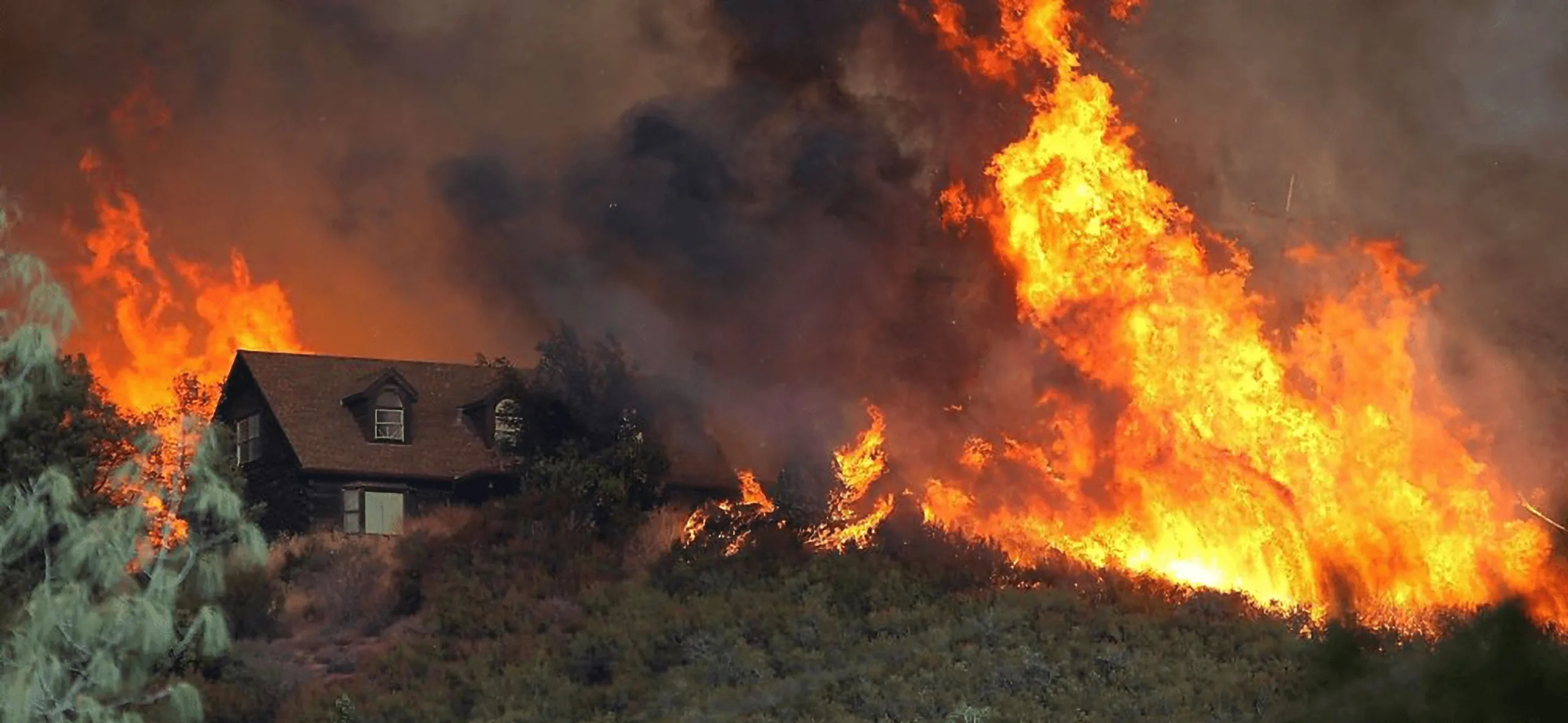
Explore the number of structures destroyed in each state by wildfire. Structures lost—rather than acres burned—provides a more complete measure of the broad impacts of wildfire. Read more
-
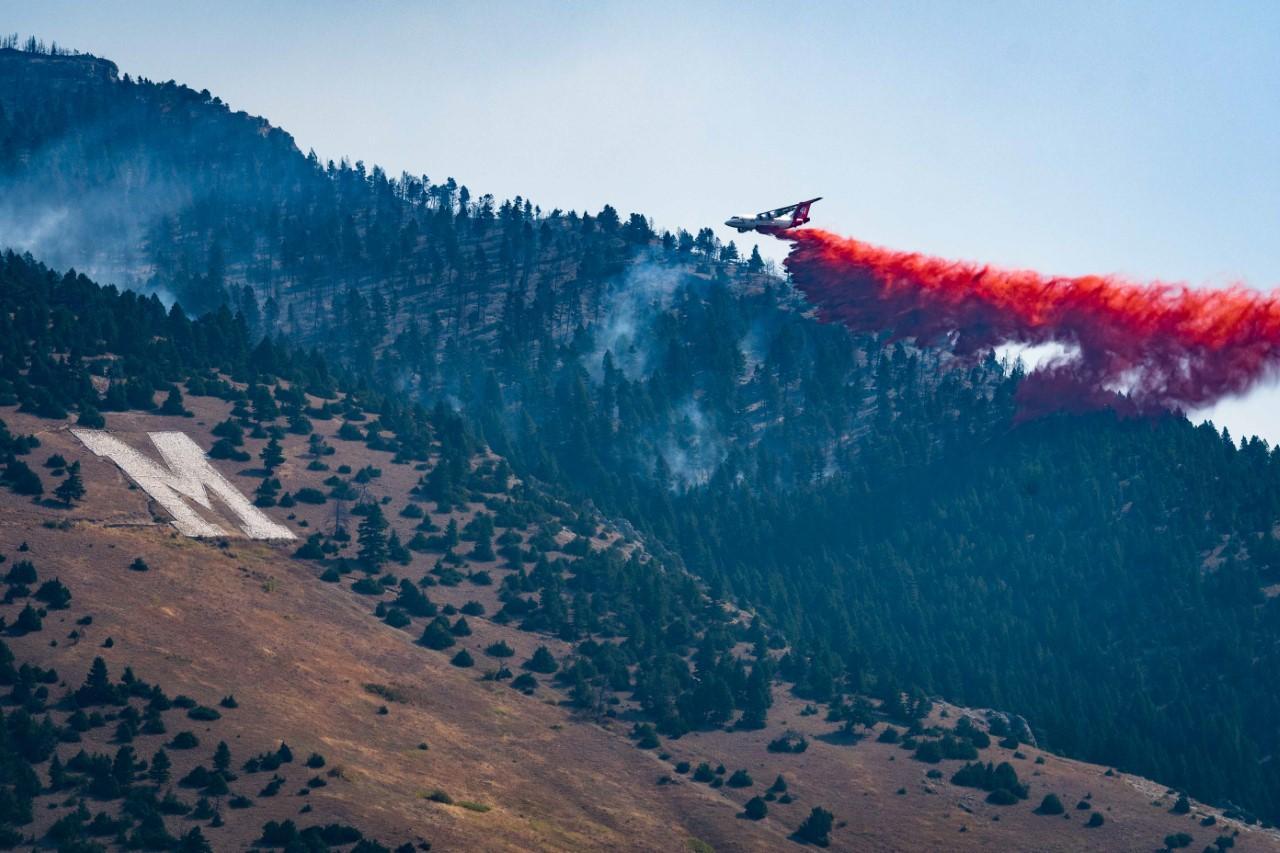
The number of western Montana homes in areas with high wildfire hazard has doubled, outpacing development rates in areas with low wildfire hazard. Read more
-
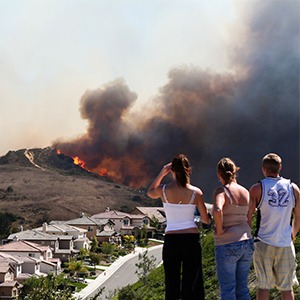
Kimiko Barrett, Ph.D., demonstrates how community resilience to wildfire needs to include planning and adaptation strategies for homes and neighborhoods. Read more
